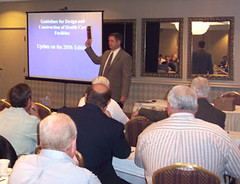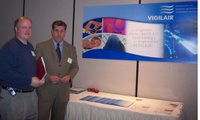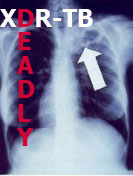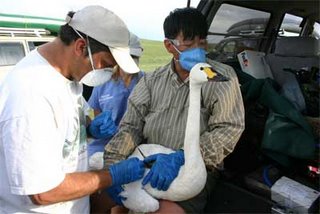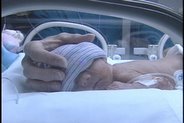Building on this history of innovation,
Under the current reporting rules:
-some honest hospitals that scrutinize and report all HAIs may face an unfavorable comparison with hospitals that are not as diligent in their reporting.
-the types of infections that hospitals were mandated to track changed during the year; these rule changes may’ve caused errors and confusion.
-mortality rates are skewed for hospitals that provide palliative care for terminally ill patients who, by request, do not seek aggressive interventions.
In the hospitals’ defense, defining the source of an infection can be elusive.
Difficulty in finding an infection’s source is reflected in a study published in the November 2006 issue of the American Journal of Infection Control. Researchers reviewed medical reports of more than 1,500 outbreaks of HAIs. In 37% of the outbreaks no source could be identified.
Where does this leave
-knowledge is power! Some measure of quality is better than none. HAI statistics are certain to evolve with time and become clearer and fairer.
-HAI rates are just one indicator of quality. Speak to your physician, or better yet, speak to a nurse who works in a hospital you’re considering for a procedure. Another great source of hospital information is available on the web through the Joint Commission on Accreditation of Healthcare Organizations (www.jointcommission.org).
-all healthcare is local. Many effective hygiene techniques occur right inside your hospital room. Thanks to HAI awareness, you can prevent infections by insisting on rigorous adherence to hand washing procedures (don’t be shy about asking physicians, nurses and visitors to wash their hands).
In
Once again
